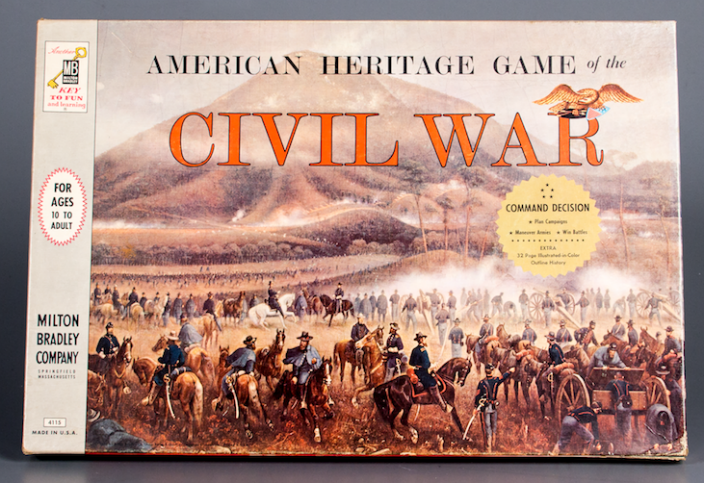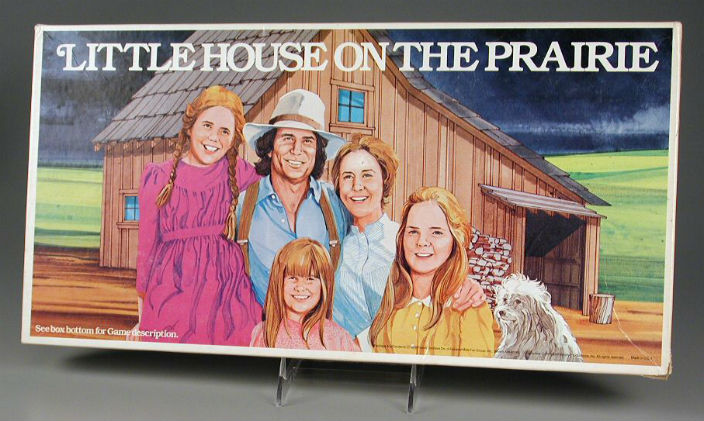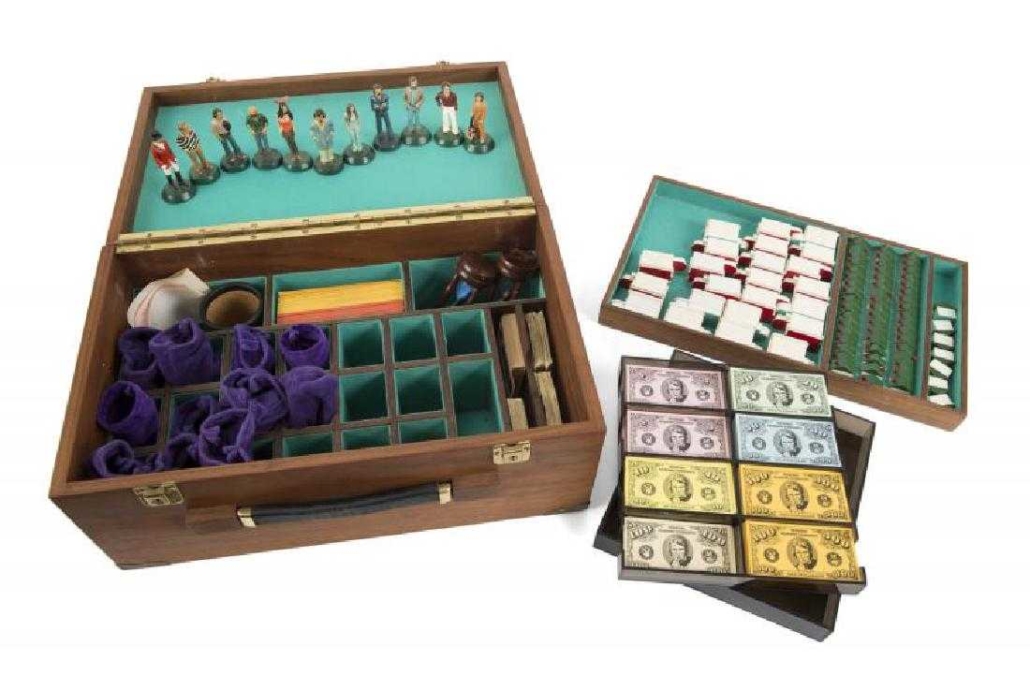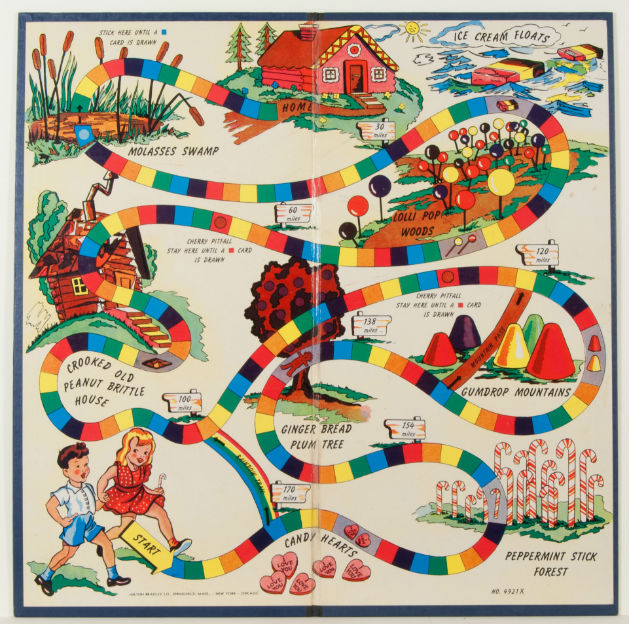
NEW YORK – Board games go back centuries, like chess, which reportedly dates to around A.D. 600, and Go (aka Weiqi), which started in China some 4,000 years ago. Games relying on luck, strategy or knowledge, from the 1950s to the ’70s, are eminently popular as baby boomers and gen Xers, nostalgic for their childhoods, buy back their memories. Let’s look at some of the most collected games from this era and what makes them appealing.
“First editions in good shape are in general what collectors are looking for,” says Nicolas Ricketts, curator at The Strong National Museum of Play in Rochester, N.Y. Game condition is definitely a major factor when buying. “These are things you could play even if the original box did not exist, but collectors want those boxes and they want them to look as pristine as they can,” Ricketts said.

Asked what the top five most collected midcentury board games are, he said No. 1 is Monopoly, followed by Scrabble, Risk, Clue and Battleship. Not surprisingly, those games were mass-marketed so that plays into their popularity, yet all are still strong sellers decades after their debut. Most were made by either Milton Bradley or Parker Brothers, two companies that held the lion’s share of the American board games market. “They are very recognizable, we all played them,” he said. “Games and toys are a funny thing; people tend to be really nostalgic about them like when you are an adult you want to play them again or you want to get them for your kids.” I think all those games had that going for them.”

Some of these games have interesting backstories, such as Monopoly, the best-selling game from Parker Brothers and based on a little-known game, The Landlord’s Game, invented earlier by Elizabeth Magee Phillips (patented in 1904) while she was living in Maryland. She was a socialist and feminist who created this board game and several others. There are probably fewer than 10 examples left in the world, Ricketts said. “The Landlord’s Game was invented by a woman who was a socialist in the early 20th century when socialism had kind of a different meaning … the rich got really rich and the poor stayed that way,” he said. “If you saw one, you would say that’s Monopoly. The names are different but it plays almost exactly the same. She thought people were smart enough to know that by five times around the board how bad this capitalistic system was if you owned all the land, you would win and crush your opponents but she also published alternate rules that if you feel like you want to win and crush all your opponents, you can play it this way. And that’s the game that caught on!”

“She didn’t sell a lot of them but a lot of teachers in economics schools used them as teaching tools and people made their own. It was a bizarre concept for a game but it was so much fun and it taught a basic principle of he who has the most property wins but people loved it and there was nothing like that ever before,” Ricketts said. Parker Brothers acquired the rights to the game and produced the first edition in 1935. Over 1,000 versions have followed based on cities and varied pop culture themes. The legacy of Monopoly is rich and the game ushered in an era of money management and economic games such as The Game of Life, Acquire, PayDay and Careers. While some games like Candy Land only rely in luck, and others like Risk are strategy-based, Monopoly uses a combination of both. “Monopoly sort of introduced that weird wealth dynamic, which expert Monopoly players will say there is definitely a lot of strategy involved but to a layman player, you don’t necessarily see that,” Ricketts said.
Early games made around the turn of the century, during what is known as the golden age of board games, often had wooden game boxes decorated in fancy paper, which evolved into all-cardboard boxes. Playing pieces were usually made of metal or wood before becoming mostly plastic as seen in most contemporary games.
“The ones I appreciate most are the very early board games made by McLoughlin Bros. around the turn of the 20th century because the graphics and lithography used to produce the boards and boxes is outstanding,” said Gabe Fajuri, co-founder of Potter & Potter Auctions in Chicago. “Amazingly, despite their beauty, they don’t sell for much.”

Candy Land is another classic postwar era game, not as collectible as Monopoly or Risk, but beloved by generations of young children as no counting or reading skills were required. Like Monopoly, it also has an interesting backstory. Its creator, Eleanor Abbott, was recovering from polio and made the game in 1945 aimed at children recovering from polio and stuck at home. “Milton Bradley purchased the rights to publish the game in 1949. The first printed edition of the game’s board, included in this version [belonging to the Strong], carries a black line on the leg of the boy pictured at the game’s start,” according to Ricketts. “Some historians believe this line indicates a leg brace – common to young polio victims. Whether or not this is true, the manufacturer changed the design of the game board soon afterward; the line is gone in later boards.”

